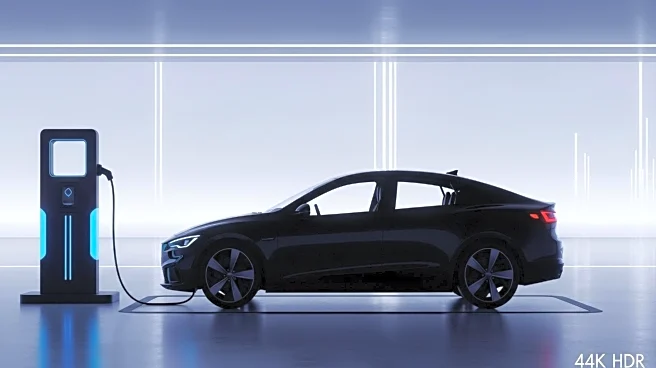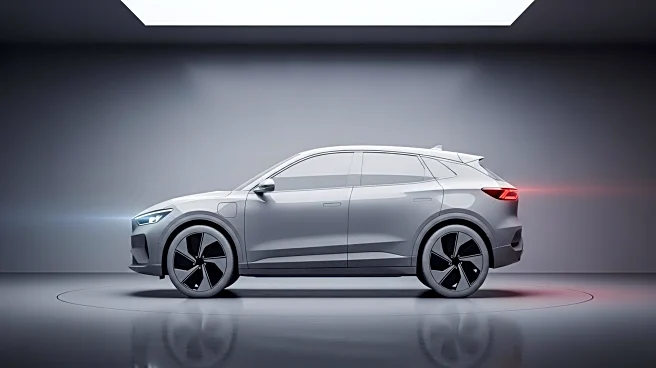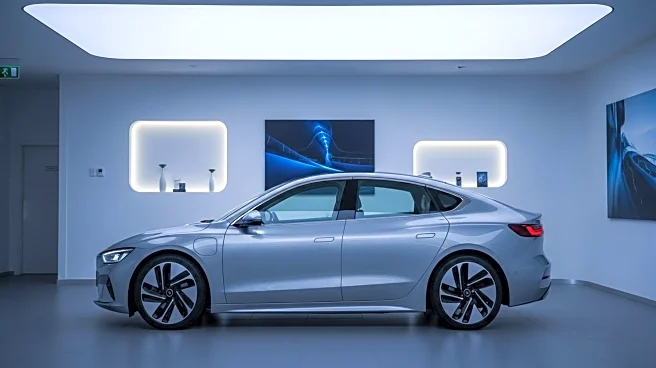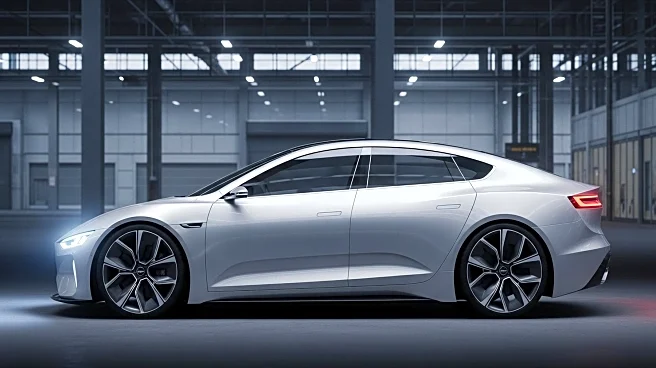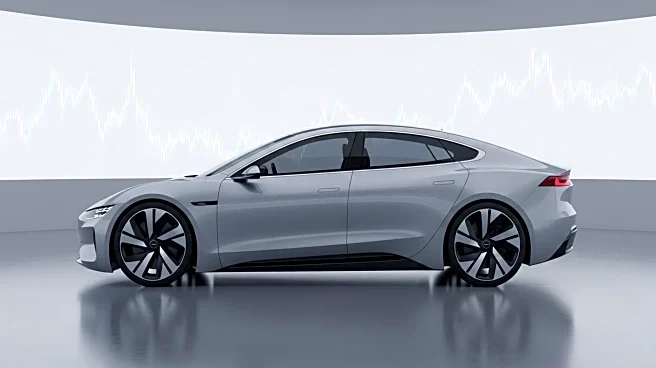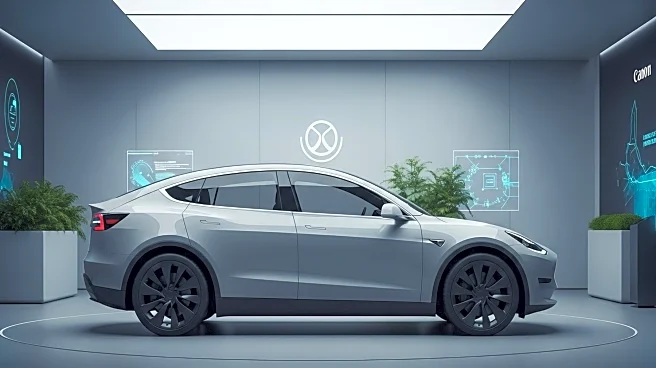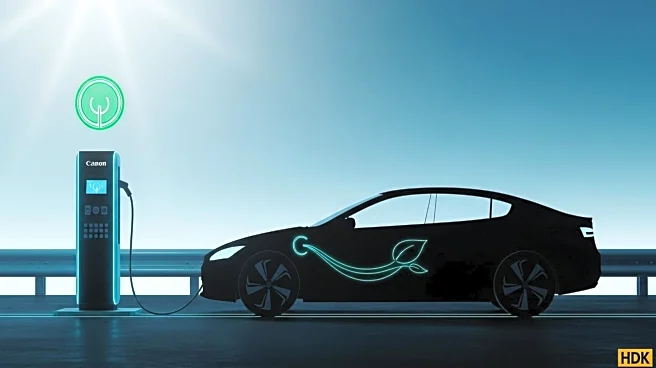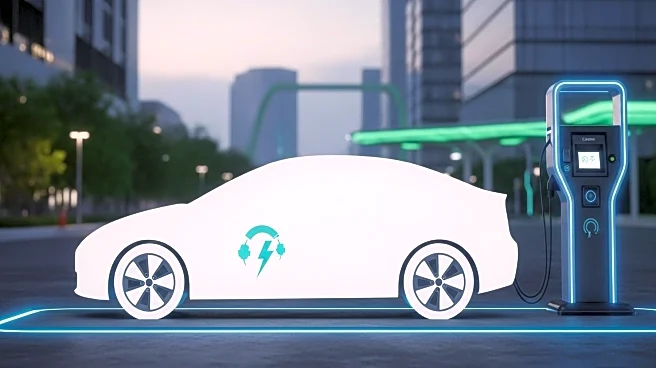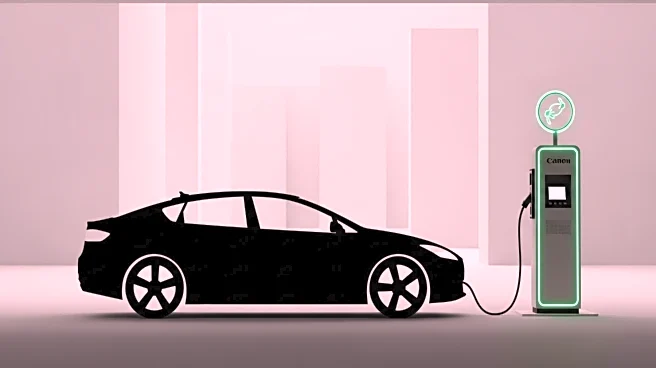What's Happening?
Tesla has unveiled new, more affordable versions of its Model 3 and Model Y vehicles, featuring several changes in specifications and features. The new models offer different trim options, including Standard, Premium, and Performance, each with varying capabilities. The Standard Model 3, for instance, has a range of 321 miles compared to the Premium RWD's 363 miles and the Performance's 309 miles. It also accelerates from 0 to 60 mph in 5.8 seconds, slower than the other trims. Notably, the Standard version lacks certain features such as subwoofers, FM radio, and a second-row touchscreen. It also has manual-adjust steering wheels and side-view mirrors, unlike the power-adjustable options in higher trims. The interior decor is limited to textile, and the exterior color options are restricted to black, white, and grey.
Why It's Important?
The introduction of these more affordable Tesla models is significant as it aligns with the company's strategy to make electric vehicles more accessible to a broader audience. By offering a lower price point, Tesla aims to increase its market share in the electric vehicle sector, potentially attracting customers who were previously deterred by higher prices. This move could also intensify competition among electric vehicle manufacturers, prompting them to innovate and offer competitive pricing. For consumers, the availability of more affordable electric vehicles could accelerate the transition from traditional gasoline-powered cars to more sustainable options, contributing to environmental goals and reducing carbon emissions.
What's Next?
As Tesla rolls out these new models, the company is likely to monitor consumer response closely to gauge the success of its pricing strategy. The automotive industry may see a ripple effect, with other manufacturers potentially adjusting their offerings to remain competitive. Additionally, Tesla's focus on affordability could lead to further innovations in cost-effective manufacturing processes and supply chain efficiencies. The market's reaction to these changes will be crucial in determining the future direction of Tesla's product lineup and its position in the global electric vehicle market.
Beyond the Headlines
The decision to remove certain features from the Standard models raises questions about consumer expectations and the balance between affordability and luxury. Tesla's approach highlights the ongoing challenge of maintaining brand prestige while expanding accessibility. This development may also influence consumer perceptions of what constitutes value in the electric vehicle market, potentially reshaping industry standards.


